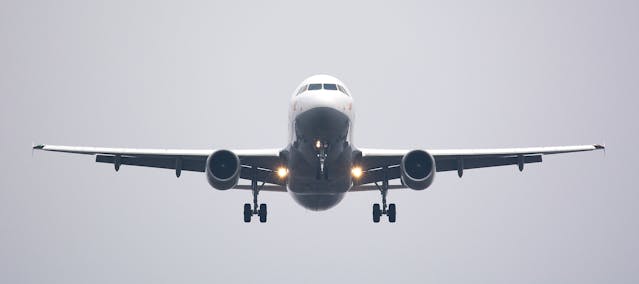In the world of flying, safety is very important. Avionic systems on planes make sure flights go well. These systems need to work without any errors from the start to the end of a flight. They protect the people on board and those who control the flight. This article delves into five key pillars that underpin avionics safety, covering regulatory compliance, rigorous testing protocols, continuous monitoring and maintenance, advanced technology integration, and robust cybersecurity measures.
Stringent Regulatory Compliance
Making sure plane avionics are safe involves obeying strict regulations. These rules are from the organizations in charge of flying, like the FAA and EASA. They demand that plane avionics should be top-notch for safety and ceaseless operation. The rules demand that standards such as DO-178C, AS6171, and DO-254 be followed closely. To meet these, plane avionic systems undergo tough testing. Every detail is written down. By following these regulations, we can trust that avionics components are built to withstand the rigors of flight. So, sticking to regulatory compliance is crucial for keeping aviation safe for everyone onboard.
Rigorous Testing Protocols
Testing is important when it comes to making sure avionics equipment operates correctly. Every part of the system is tested extensively to make sure that it functions properly. To do this involves the simulation of numerous scenarios, including bad weather and broken systems. Furthermore, testing the system’s response to different inputs is also encouraged. These tests enable experts to recognize and address any potential problems before they manifest themselves on actual flights. It’s like checking that everything functions properly before taking a long drive in a car. Considerable care and attention to detail are taken care of during the testing process, as this improves the safety and dependability of avionics.
Continuous Monitoring and Maintenance
Even after they are installed, avionics systems need to be continuously monitored. To ensure that they are operating effectively, professionals constantly monitor them. This entails utilizing instruments to monitor their health both on the ground and during flights. If they find any problems, they address them immediately to avoid more serious ones down the road. It’s similar to caring for a garden in the sense that it must be consistently watered for the plants to maintain their health. By following this procedure, experts guarantee that avionics systems remain dependable and secure for every trip by routinely monitoring and servicing them. Thus, it’s critical to monitor them from the moment of takeoff till touchdown.
Advanced Technology Integration
It is crucial for safety that avionics systems use modern, intelligent technologies. These technologies enable experts to improve avionics systems further. For instance, they can utilize sensors and artificial intelligence to identify issues before they arise. This contributes to accident avoidance and safe flying. Moreover, they may remotely monitor avionics systems using gadgets that are connected to the internet. This implies that even when they’re not present, they can still keep an eye on the aircraft. By incorporating cutting-edge technologies into avionics, flying efficiency and safety can be increased.
Robust Cybersecurity Measures
Keeping avionics systems safe from cyber attacks is super important for everyone’s safety. Cybersecurity measures help protect these systems from hackers who might try to cause problems. To counter this, use strong passwords and encryption to keep information safe. Also, regularly update software to fix any security weaknesses. It’s like locking the doors of our house to keep burglars out. By having strong cybersecurity measures in place, you can make sure avionics systems stay safe and reliable during flights. So, it’s really important to take cybersecurity seriously and keep the systems protected from any potential threats.
Conclusion
It is a multidimensional task to ensure the safety of avionics systems, which includes adhering to high regulatory standards, integrating cutting-edge technologies, and maintaining diligent cybersecurity measures. The aviation sector can maintain the highest levels of safety and reliability if it places a priority on these vital aspects. This will ensure that flights continue to be safe and secure from the moment they take off until they land.








